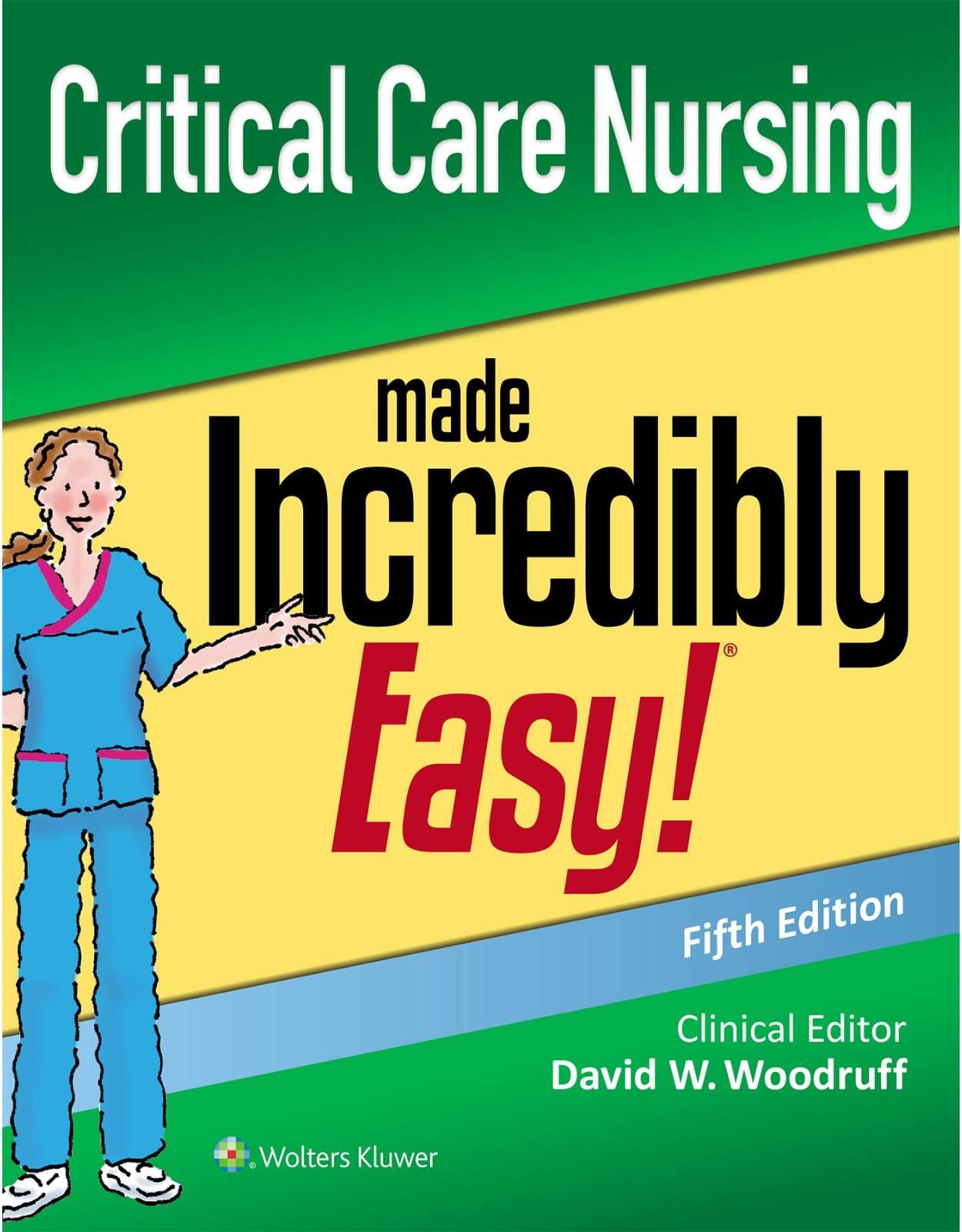
Critical Care Nursing Made Incredibly Easy
Livrare gratis la comenzi peste 500 RON. Pentru celelalte comenzi livrarea este 20 RON.
Disponibilitate: La comanda in aproximativ 4 saptamani
Editura: LWW
Limba: Engleza
Nr. pagini: 544
Coperta: Paperback
Dimensiuni: 17.78 x 2.54 x 22.86 cm
An aparitie: 1 July 2020
Description:
Feeling unsure about your critical care nursing skills? Time to gain some confident know-how, with the freshly updated Critical Care Nursing Made Incredibly Easy!®, 5th Edition. This friendly, fully illustrated guide offers clear, concise direction on treating numerous acute and life-threatening issues. Absorb current best practices on critical care basics and specialized areas such as advanced life support measures, multisystem trauma, and treating specialized needs. This is ideal guidance for students, nurses new to clinical care, and those preparing for the Critical Care (CCRN) certification exam.
Table of Contents:
- 1 Critical care basics
- What is critical care nursing?
- Meet the critical care nurse
- What do you do?
- Where do you work?
- What makes you special?
- Advocacy
- Stuck in the middle
- Clinical judgment
- Why be critical?
- Always asking questions
- Step 1: assessment
- Step 2: planning
- Step 3: implementation
- Step 4: evaluation
- Caring practice
- Collaboration
- Two ways about it
- Cultural diversity
- Keep an open mind
- Education
- Staff as students
- Becoming a critical care nurse
- Learning by doing
- One way . . .
- . . . or another
- Gaining credentials
- Help wanted
- Safety first
- What’s in it for me?
- Nursing responsibilities
- Assessment
- Planning
- What’s the problem?
- Implementation
- A call to intervene
- There’s more in store
- Evaluation
- Multidisciplinary teamwork
- The goal is holism
- Team huddle
- Working with registered nurses
- The buddy system
- Working with doctors
- Coordinated efforts
- Short and sweet
- Working with physician assistants
- Working with advanced practice registered nurses
- The roles of a lifetime
- On a role
- Working with patient care technicians
- Working with respiratory therapists
- Respiration-related roles
- Clinical tools
- Clinical pathways
- Follow the path
- Tried and true
- Outlines and timelines
- Practice guidelines
- Let an expert be your guide
- The evidence is in
- Consider the source
- Protocols
- First things first
- Input from experts
- Best practices
- Best for all concerned
- Critical care research
- Share and share alike
- Evidence-based care
- An evidence-based example
- First, last, and always
- 2 Holistic care issues
- What is holistic health care?
- The issues
- Patient and family issues
- Family ties
- Unprepared for the worst
- Circle out of round
- One thing leads to another
- Nursing responsibilities
- Slipping on emotional turmoil
- Step in and lend a helping hand
- Lean on me
- Since you asked
- A dose of reality
- Living with the decision
- Cultural considerations
- Culture-clued for care
- Cognitive issues
- The way things were
- It’s a factor
- Medications
- Sensory input
- Too much or too little
- A sensitive subject
- Torture chamber
- Quiet time
- The surreal world
- Common contributors
- Anti-ICU psychosis
- Invasion of personal space
- Pain control issues
- Acute pain
- Help is at hand
- Chronic pain
- Don’t look for the signs
- Pain assessment
- Choose a tool
- The sounds of silence
- Body and mind
- Pain particulars
- Pain management
- Take three and call in the morning
- Alone or together
- Round-the-clock control
- Patients overpower pain
- A caveat
- You’re getting sleepy
- Ethical issues
- The value of values
- Code of ethics
- End-of-life decisions
- Unsolvable mysteries
- A question of quality
- Consulting the committee
- Harm alarm
- Who decides?
- Where there’s a will, there’s a law
- Crossing the line
- No, thank you
- Donations accepted
- Complex care
- 3 Neurologic system
- Understanding the nervous system
- Two systems in one
- Central nervous system
- Brain work
- Nerve central station
- Relay and regulate
- Divided in two
- Smooth moves
- Pathway to the brain
- Two arteries converge
- Two arteries diverge
- Long paths
- Short paths
- Four horns
- White matter matters
- All the right moves
- Extra, extra! Read all about it!
- Peripheral nervous system
- The nerve of nerves
- Two sympathetic systems
- Balancing act
- Enormous responses
- Subtle responses
- Neurologic assessment
- Check the records
- Health history
- With a little help from his friends (and family)
- Common complaints
- Details, please
- Physical examination
- Top-to-bottom examination
- No easy answers
- Three-part exam
- Lets be perfectly clear
- Not too highly stimulating
- It’s hard to say
- Speaking of changes
- Thanks for the memories
- When then who
- Attention and calculation
- Thought content
- Hypothetically speaking . . .
- Insight on insight
- Lost in emotion
- Under pressure
- Go on
- Be nosey
- See about sight
- Check three nerves at once
- The cardinal rules
- Focus on the face
- Make someone smile
- Keep it tasteful
- Now hear this
- Check the pipes
- Shrug it off
- Test tongue toughness
- This is gonna hurt
- Use a light touch
- Find the right vibe
- Where the toes are
- Discrimination, integration, and extinction
- Tone test
- Feats of strength
- Strength of feet
- Grace and gait
- Synchronized standing
- Extreme coordination
- Present and absent actions
- How deep is your reflex?
- Superficially speaking
- Write it down
- Diagnostic tests
- Tell it like it is
- Imaging studies
- Spine scanning
- Brain scanning
- Sharper images
- PET project
- Having one’s head examined
- Spinal findings
- Angiography
- Why it’s done
- Electrophysiologic studies
- Showing potential
- Other tests
- Why do it?
- Contraindications and cautions
- What blood flow tells you
- Treatments
- Medication therapy
- Typical types
- Heads up!
- Stay the course
- Surgery
- Be ready before and after
- Condition and complexity count
- Northern exposure
- New and improved
- Other treatments
- High I.V.
- Last resort
- Four similar systems
- Doctors do this
- Out with the bad
- In with the good
- Who benefits?
- Neurologic system disorders
- Acute spinal cord injury
- Dangerous damage
- Trauma trail
- After acute injury
- Speaking specifically
- Arteriovenous malformation
- Looking for AVMs
- Uh-oh
- Blood pressure, aneurysm, and hemorrhage
- Some signs and symptoms
- Supportive, corrective, or both
- Steps to take
- Rupture measures
- Cerebral aneurysm
- The usual place
- The usual patient
- The usual prognosis
- Right after rupture
- Rupture without warning
- Grading severity
- Conservative whys
- Conservative ways
- Your next step
- Encephalitis
- Negative progression
- Guillain-Barré syndrome
- Equal opportunity syndrome
- Three-phase syndrome
- Commonly complicated syndrome
- Possible precipitators
- Double trouble
- Head injury
- To put it bluntly
- Complications are possible
- On the decline
- Case closed
- It’s surgical
- It’s supportive
- Meningitis
- Promptness improves prognosis
- Uh-oh, other infections
- Any opening
- It enters here . . .
- . . . and triggers a response . . .
- . . . and yet more responses
- Truth or consequences
- Signs of irritation
- Further features
- Supportive measures
- Seizure disorder
- Primary and secondary
- Who’s affected . . .
- . . . and how
- Increase O2, or else
- For tonic-clonic seizures
- For absence seizures
- Surgery and emergencies
- Tonic-clonic interventions
- Stroke
- The sooner, the better
- Numbers and odds
- Risk factor facts
- Ischemic stroke
- Hemorrhagic stroke
- Left is right and right is left
- Drugs of choice
- Drugs of choice for management
- Medical management
- Under the knife
- Call the “S” team
- 4 Cardiovascular system
- Understanding the cardiovascular system
- Bring it on . . . and take it away
- Heart
- Liquid cushion
- Tanks for giving blood today!
- Powerful pumps
- One way
- Where the valves are
- On the cusp
- Ostium action
- What do you SA about that?
- Left out
- Circumflex-ability
- Circle left
- Heart to lungs to heart
- Nature’s pacemaker
- Out with systole, in with diastole
- Filling and more filling
- The pressure’s on
- The pressure’s off
- Out in a minute
- Blood vessels
- Upper blood suppliers
- Descending distribution
- Small vessels, large area of distribution
- Branching back to the right atrium
- Cardiovascular assessment
- Health history
- Where, what, and why
- In his own words
- Physical examination
- First things first
- The heart of it
- First impressions
- Check the chest
- Inspecting the impulse
- A chest of clues
- Elusive impulse
- Plus, palpate
- Border patrol
- Here’s the plan
- Upward, downward, zigward, zagward
- 1, 2, 3, 4, and more
- Listen for the “dub”
- Listen for the “lub”
- Kentucky galloper
- Age-related adversity
- Tennessee walker
- What S4 says
- Marking murmurs
- Pinpoint its presence
- Up and down
- Rubs the wrong way
- Assessing the vascular system
- To arms! . . . and legs!
- Skimming the skin
- Checking the neck
- Picturing pulsations
- Going for the jugular
- Pulsations a notch above the notch
- Note nail beds
- Making the grade
- Brutish bruits
- Diagnostic tests
- 12-Lead electrocardiogram
- A test with 12 views
- Waves of waves
- Holter monitor and implantable cardiac monitors
- Cardiac marker studies
- Release the enzymes!
- Heart-zymes
- Meaning in markers
- Echocardiography
- Echo, echo
- Motion mode
- Echo in 2-D
- TEE combination
- Echo abnormalities
- Stress testing
- Cardiac magnetic resonance imaging
- Cardiac catheterization
- A multipurpose procedure
- Cardiac calculations
- Confirming common problems
- Electrophysiology studies
- Hemodynamic monitoring
- The methods behind the monitoring
- PAP purposes
- PAP’s parts
- PAP and PAWP procedures
- Cardiac output monitoring
- On the rocks or room temperature
- To be continued
- Better assessor
- Treatments
- Drug therapy
- More force
- Slower rate
- The short and long of it
- Boosting output
- Benefits vs. risks
- Four classes plus . . .
- No (para)sympathy
- Rhythmic risks
- Make an IB-line for the ventricle
- Slowing the seeds of conduction
- Don’t be so impulsive
- Sometimes weaker is better
- One-way to two-way
- Depressing the pacemaker
- Reduce demand, increase supply
- The top three
- Anti-angina effect
- Reducing resistance
- Down with everything
- Preventing passage
- Rate reduction
- Know the program
- Calcium stoppers
- Direct dilators
- Without ACE interference
- With ACE interference
- Less water, less work
- Sodium stoppers
- Stability with time
- High potency, big risk
- Locating the loop
- Potassium-sparing effects
- Aping aldosterone
- No new clots
- Circulate freely
- Warfarin vs. coagulation
- Thromboembolism prevention
- Broken bindings
- Classified by chemical
- Which receptor?
- Mimicking
- Doing it like dopamine
- Direct-acting and excitatory or inhibitory
- How heartening
- Rapid rates
- Fascinating rhythm
- Alpha active . . .
- Beta active . . .
- . . . or both
- Impeding impulses
- Classified information
- A mixed bag
- Not very discriminating
- Reducing resistance
- Selective (or not)
- Highly discriminating
- Intrinsically sympathetic
- Widely effective
- Selective or nonselective
- Lipid-busting combo
- A class act
- Follow the exit signs, please
- It’s all in the family
- Keeping the highs low
- A common answer
- Statins with status
- Highs, lows, and a bonus or two
- In a class by itself
- A two-drug punch
- Surgery
- Why bypass?
- CABG varieties
- Short and sweet
- No guarantee
- Rejection and infection
- Why valve surgery?
- Repair review
- Flow check
- Be on guard!
- Watch those wounds!
- More output, less work
- A temporary diversion
- That’s shocking!
- Right or left?
- Balloon catheter treatments
- What for?
- How so?
- Warning!
- Ready to wean
- When surgery isn’t the answer
- Those complicit complications
- Check ‘em all off
- Rhythms, sounds, and pulses
- Black and blue or bleeding
- PTCA for pain
- Through one artery and into another
- Plaque, meet Balloon
- Other therapy
- Electrifying experience
- Ready to jolt
- Letting the sparks fly
- Act early and quickly
- Charging and shocking once . . .
- . . . then again
- Document everything
- And the nominees for insertion are . . .
- Setting the pace
- Dire straits
- More comfortable and more reliable
- Transvenous pacemaker basics
- Epicardial option
- Pacemaker no-no’s
- Cardiovascular system disorders
- Acute coronary syndromes
- Plaque’s place
- Degree and duration
- A woman thing?
- It hurts when I do this
- Four forms
- My, my, MI pain
- And many more
- MI relief
- Heartache
- CCU, ECG, and more!
- I need a break
- Aortic aneurysm
- Thin and thinner
- Wide vessel, slow flow
- Blood forces
- When symptoms arise
- Acute expansion
- Telltale TEE
- Rush to respond to rupture
- Rupture response
- Cardiac arrhythmias
- Asymptomatic to catastrophic
- Organized by origin and effects
- A matter of degree
- That’s not all
- Cardiac tamponade
- Pericardial pressure
- That’s not all
- When pressure’s low
- Under pressure
- Cardiogenic shock
- Shocking stats
- Other offenders
- Lower and lower output
- Treatment ABCs
- Decrease resistance and pressure
- Overloaded and out of control
- End-stage effort
- Monitor, record, and then monitor more
- Watch all those fluids
- Don’t move!
- When to wean
- Cardiomyopathy
- Poor compensation
- Kidneys kick in
- Detrimental dilation
- Fouled-up filling
- Hypertrophy hazards
- No sudden moves
- Oxygen orders
- Heart failure
- When the left loses its faculties
- When right goes wrong
- Blame it on the left
- Just can’t pump enough
- It all goes to swell from here
- Compromising situation
- Kidneys’ contributions
- Counteracting hormones
- Early bird specials
- Late night leftovers
- Right-sided heart failure
- Feel the rhythm
- Event planner
- Hypertensive crisis
- Rapid rise
- Faulty mechanisms
- Up with pressure
- Maintaining flow
- Taking control
- Strain for the brain
- Check the head
- Kidney-related consequences
- Slow pressure cuts
- More measures
- Pericarditis
- Cardiac complications
- Heavy-duty treatments
- Valvular heart disease
- 5 Respiratory system
- Understanding the respiratory system
- Respiratory system structures
- In the zone
- To flap and protect
- Lowdown on lower airway
- Lungs and lobes
- Plenty of pleura
- All about alveoli
- In circulation
- Trading gases
- Imagine that!
- Can you take a ribbing?
- Brain–breath connection
- In on inspiration
- Out on expiration
- Respiration
- O2 to lungs
- O2 to tissues
- Match game
- Mismatch mayhem
- Riding the RBC express
- Acid–base controller
- Off balance
- Respiratory assessment
- History
- Chronic complaint department
- Pillow talk
- Pain provocations
- Daytime drowsiness
- Physical examination
- Four steps
- Back, then front
- Making introductions
- Beauty in symmetry
- A new angle
- Muscles in motion
- Barrels, pigeons, and curves
- Raising a red flag
- Count on it
- Depressed CNS
- Don’t be blue
- Finger findings
- Leaky lungs
- Probing palpation pain
- Feeling for fremitus
- Warning signs
- Sites and sounds
- Warning sounds
- When things get hairy
- Be firm
- Inspect the unexpected
- Diagnostic tests
- Prepping the patient
- Blood and sputum studies
- The ABCs of ABGs
- A sample scenario
- See-saw systems
- Under the microscope
- Endoscopy and imaging
- To remove and evaluate
- Head to the suite
- Hold the fries
- More is better
- X-ray vision
- Minimal exposure
- A view that’s see-through
- CT in 3-D
- Two-tined test
- A caveat
- Pulmonary angiography
- More reliable, more risks
- Preprocedure patient preparation
- Postprocedure procedures
- Bedside testing procedures
- Shedding light on the subject
- Note denotation
- Poisoning precludes pulse oximetry
- SVO2 indications
- Drawing from the right location
- A calculating catheter
- In-lightened
- Crunching the numbers
- Treatments
- Drug therapy
- Reversing obstruction
- Surgery
- Emergency or planned procedure
- Afterward ward
- Gotta have some negative pressure
- Put a valve on it
- Bye-bye lung
- One out of five lobes
- How do you like your resection?
- So, who qualifies?
- Not gonna happen
- TKO for transplant
- Secondary snags
- Educate and administer
- Keep on assessing
- Inhalation therapy
- Too good to be true?
- The right size
- Not for everyone
- A conscious choice
- Difficult and damaging
- When to ventilate
- Accentuate the positive
- Out goes the thorax, in flows the air
- Be alarmed
- Be extra vigilant
- Spontaneous strength
- Respiratory system disorders
- Acute respiratory distress syndrome
- Inflammation follows injury
- Impaired exchange
- Ventilation prevention
- Shunt stunts
- Responses to the big buildup
- Offline alkaline
- More meds
- It’s vital
- Take a break!
- Acute respiratory failure
- Poor ventilation
- Poor oxygenation
- The rise and fall of partial pressures
- Lots of lactic acid
- Got no time
- Time is of the essence
- Finding failure
- Go to the O2
- Oh, and drug therapy, too
- Bypass the lungs
- Carbon monoxide poisoning
- Chronic obstructive pulmonary disease
- Out . . .
- . . . or in
- Quit it!
- Air trap
- Pressure pockets
- Overwhelming work
- Tachy and not-so-tachy finds
- Time will tell
- When it worsens
- Address the effects, then treat the cause
- Obstructive sleep apnea
- Taking a bite out of OSA
- Pneumonia
- Those at risk
- What starts it
- Where it infects
- Get it here, there, or anywhere
- Shared with the community
- Not-so-comical pneumonia
- When location doesn’t matter
- Sounds, sights, and sensations
- More oxygen, please
- Add-ons
- Pneumothorax
- Every breath hurts
- Further findings
- Did we mention the tension?
- With trauma
- With less lung collapse
- With more lung collapse
- With tension
- Pulmonary embolism
- Risky red flags
- The skinny on fat and air
- The large and small of it
- Surgical salvation
- Pulmonary hypertension
- Prefaced with heart or lung disease
- Sans treatment
- Look, touch, and listen
- Diverse drugs
- Status asthmaticus
- Asthma overview
- Making things worse
- Outside factors
- Factors within
- Irritants in the workplace
- Genetic messes
- A potent mix
- Got goblet?
- What the patient reports
- What you may find
- Listen to the lungs
- Addressing asthma
- Calling for high humidity
- 6 Gastrointestinal system
- Understanding the GI system
- GI function
- GI failure
- Alimentary canal
- Distinctive sphincters
- Food processor
- Absorptive wall
- Small intestine functions, no small feat
- Food’s finale
- Accessory organs of digestion
- Liver’s lobule
- Liver at work
- Bile talk
- Exocrine function and enzymes
- Endocrine function and hormones
- Digestion and elimination
- Down it goes!
- Gotta get gastrin’
- Not much for absorption
- Digestion and absorption powerhouse
- Small to large
- Journey through the large intestine
- All about the absorption
- Harboring the enemy?
- Lube job
- Elimination round
- GI assessment
- History
- Further questions
- Don’t forget the drugs
- Physical examination
- Prepping for accuracy
- Inspector General
- Follow the clock
- Tube tip
- Sound class
- Sound off
- Percussion precaution
- Tympany and dullness
- Light palpation
- Deep palpation
- Percussion discussion
- Palpation problem
- Perianal is primary
- Rectum is next
- Diagnostic tests
- Endoscopy
- Bedside or not
- Assess, administer, document
- Bypass the surgery
- After it’s over
- Laboratory tests
- In living color
- Last resort
- Are we done yet?
- Abdominal paracentesis
- Let the monitoring begin
- Nuclear imaging
- Detective device
- MRI mire
- Radiographic tests
- Reading the rays
- Scads of scans
- Treatments
- Drug therapy
- How fast?
- Surgery
- The waiting list
- Before it begins
- Posttransplant procedures
- Who’s the candidate?
- When at home
- GI intubation
- Rarities
- Up, up, and away
- The pressure’s on
- Safe passage
- Dealing with obstruction
- Nutritional support
- Who needs it?
- Who can’t have it?
- After lunch
- Who needs it?
- Delivery route
- Gastrointestinal system disorders
- Acute GI bleeding
- Maybe multiple morbidities
- Upper causes
- Lower causes
- What happens
- Source signs
- Signs and symptoms
- Acute pancreatitis
- Damage and destruction
- Association affects outcome
- Rating mortality
- Take notes
- Chemistry 101
- Offer a shoulder
- Bowel infarction
- Cirrhosis
- These help, too
- Hepatic failure and encephalopathy
- Ammonia coma
- Ammonia’s role
- But wait, there’s more
- Intra-abdominal hypertension
- Clear-cut measures
- Organ breakdown
- Common conditions
- Leaks and stretching
- Body system effects
- Off the gold standard
- 7 Renal system
- Understanding the renal system
- Kidney sitting
- It’s all downhill from there
- That isn’t all
- Fluid and electrolyte balance
- Exchange interchange
- Hormones and osmoreceptors
- The ABCs of ADH
- Age and ADH
- All about aldosterone and sodium
- Aldosterone and potassium
- Going against the current
- Acid–base balance
- Earning a PhD in pH balance
- Detoxification and waste elimination
- Clear the way
- Nephron compensation
- Tubular transport-ability
- Blood pressure regulation
- Hypertension regulation
- Pressure promotion
- RBC production
- Renal assessment
- History
- Drug check
- At work and play
- Physical examination
- Disclosing dysfunction
- Urethral meatus inspection
- Assess fluid volume status
- Whoosh
- Tube talk
- How to
- Percussing problems
- Peek-a-boo
- Finding fault
- Calcium culprit
- Diagnostic tests
- Blood studies
- KUB radiography
- Kidney CT scan
- Renal angiography
- Angiography of arteries
- Renal ultrasound
- Urine studies
- Treatments
- Drug therapy
- Dialysis
- CRRT for whom?
- CRRT ABCs
- Get dressed
- Color is key
- No bending allowed
- Blood, out and back
- Osmosis, diffusion, and filtration
- Acute use or long-term therapy
- Access obtained
- He’s got rhythm
- Patient access
- How it’s done
- Upside
- Downside
- Collecting the empties
- Renal system disorders
- Acute kidney injury
- Going through phases
- Output down
- Output up
- On the road to recovery . . .
- It gets complicated . . .
- Irreparable damage
- Negative progress
- Send in the drugs
- Overload overview
- Whole lotta blood
- Dry no more
- Acute tubular necrosis
- Blood disruption
- Toxic talk
- Cause and effect
- Lesion lesson
- Toll-taking
- Getting complicated
- Difficult to detect
- Furthermore
- 8 Endocrine system
- Understanding the endocrine system
- Glands
- Powerful pea
- Metabolism master
- Innie
- Outie
- Visit the islets of Langerhans
- Feminine function
- Masculine mode
- Hormones
- Amenable amines
- Poly want a peptide?
- Steroidal secretions
- Right on target!
- Heart and hormones
- Endocrine system assessment
- Health history
- Ask questions
- Physical assessment
- Permissive condition
- Outward appearance
- Skin deep
- Hairy topic
- Nail it
- Face it
- Neck check
- Chest check
- Go to extremes
- Search for signs
- Two techniques
- Diagnostic tests
- Direct and indirect testing
- IRMA and ICMA
- Turn up the radioimmunoassay
- All-day affair
- Not so fast
- Imaging studies
- Evaluate and assess
- Hot spots and cold spots
- Treatments
- Drug therapy
- Nonsurgical treatments
- Taking control
- Common for cooling
- Indications for transplantation
- Common concurrence
- It’s complicated
- When to say no
- The pancreas is in
- Endocrine system disorders
- Addison’s disease
- Who’s on first?
- What’s on second?
- Release the aldosterone!
- Emergency!
- Furthermore . . .
- Diabetes insipidus
- Three forms
- Some nerve!
- Kidney cause
- Fluid overflow
- Diabetes mellitus
- Virus or environment
- Lifestyle and heredity
- Take 2
- Compliance or resistance
- Similar signs and symptoms
- A1c test
- Another test
- Type 1 treatment
- Type 2 treatment
- Types 1 and 2 treatment
- Diabetic ketoacidosis
- What happens?
- Hyperosmolar hyperglycemic nonketotic syndrome
- Making progress
- Myxedema coma
- A myx of causes
- Inspect and assess
- What else?
- Syndrome of inappropriate antidiuretic hormone
- Many other possibilities
- First thing first
- Thyroid storm
- Not-so-common causes
- Graves’ is grave
- Raise the flag
- 9 Hematologic and immune systems
- Understanding the hematologic and immune systems
- Transport and delivery
- Defense! Defense!
- Kin systems
- Hematologic system
- Days of their lives
- Sticky stabilizers
- Neutrophils engulf, ingest, and digest
- Replacement bands
- Ingestion by eosinophils
- Basophils secrete histamine
- Monstrous monocytes
- Defense against infection
- Lymphocytes: least but not last
- Extrinsic coagulation cascade
- Intrinsic clotting cascade
- A is for antigen . . .
- Testing, testing: A, B, AB, O
- Crossmatching for compatibility
- Factor in Rh
- Immune system
- Immunity divided by 3
- Stemming from stem cells
- To B or to be T
- Teaching T cells
- Fluid enters but can’t exit
- From vessels to nodes
- Node to node
- Red, white, and blood-filled
- Splenic work
- Immunity
- Elimination and preservation
- Skin-deep defenses
- Defensive breathing
- GI system GIs
- Urinary sterility
- First response
- Next effect
- Defense depends on the antigen
- Telling time lag
- Cascading complements
- Attack complex
- Complementary effects
- T cells destroy and survey
- Hematologic and immune systems assessment
- Immune challenges
- Health history
- Look back
- Work and service
- Physical assessment
- Thermo-measurement
- Heart and BP checks
- O2 inquiry
- Size up
- Skin-deep assessment
- Examine skin, nails, and eyes
- Abdominal assessment
- LOC signs
- Eyes, fingers, toes, ears, and nose
- Urinary system inspection
- Look for lumps
- Dullness is normal
- Check neck nodes and so on
- What to look for
- Cell-packing problem
- Diagnostic tests
- Hematologic system tests
- Positive incompatibility
- Always necessary, except . . .
- O2 delivery
- Normal time
- Count down
- Count up
- Indirect test
- INR standards
- Biopsy
- Aspire to biopsy
- Immune system tests
- Treatments
- Drug therapy
- Corticosteroid potentials
- Corticosteroid cautions
- Transfusion therapy
- Products depend on disorders
- Hematologic and immune systems disorders
- Acute leukemia
- Age is no object
- Anaphylaxis
- Take two
- Signs and symptoms from head to toe
- Disseminated intravascular coagulation
- Clotting and coagulating
- Blood out of place
- Other signs and symptoms
- HIV infection
- Enter HIV
- Critical destruction
- That’s all ‘til later
- Other options
- Idiopathic thrombocytopenic purpura
- 10 Multisystem issues
- A look at multisystem issues
- Shock to the multisystem
- Assessment
- History lesson
- Is it life-threatening?
- The once-over
- Diagnostic tests
- Treatment
- Fluid replacement
- So predictable
- Easy flowing
- Water movers
- Drug therapy
- Blood transfusion
- Packing it in
- Filtered for patient protection
- Self-supplier
- Refuse to transfuse?
- Ready to transfuse?
- Double-check identity
- Rapid replacement
- Multisystem disorders
- Burns
- Scorching brews
- It’s electric
- For your epidermis only
- Barrier-breaking blisters
- Deep into the dermis
- Third layer, all the way
- Tracking burn traits
- Configure this!
- More to it than just skin
- Back in the lab
- Listen to the lungs
- Shocking results
- Graft-versus-host disease
- 100-day division
- When graft cells attack
- Boffo biopsy
- Looking at the liver
- Hyperthermia
- Goodbye fluid, hello hypovolemic shock
- Feeling hot hot hot
- Critical measures
- In addition to the cool down
- Hypothermia
- Likely candidates
- Temperature dependent
- Cardiac concerns
- Measure dependent on monitoring
- Hypovolemic shock
- The road to shockville
- Oh where oh where has the blood volume gone?
- C-ABCDs and ABGs
- Multiple organ dysfunction syndrome
- As time goes by
- Septic shock
- Endotoxins started it!
- Compromised capillaries and more
- Deepening depression
- Phase facts
- Warm form
- Coolin’ (no foolin’)
- Vital moves
- Trauma
- What’s your type?
- Sport some life support
- Skip to the important stuff . . .
- . . . then fill in the blanks
- Illicit or otherwise
- In the know from head to toe
- All systems go
- Taking type into consideration
- Appendices
- Moderate sedation
- CPR and emergency cardiac care
- Comparing types of shock
- Preventing complications in the critically ill obese patient
- Drug overdose and poisoning
- Critical care Q&A
- Glossary
- Index
| An aparitie | 1 July 2020 |
| Autor | David W. Woodruff MSN RN-BC CNS CNE FNA |
| Dimensiuni | 17.78 x 2.54 x 22.86 cm |
| Editura | LWW |
| Format | Paperback |
| ISBN | 9781975144302 |
| Limba | Engleza |
| Nr pag | 544 |

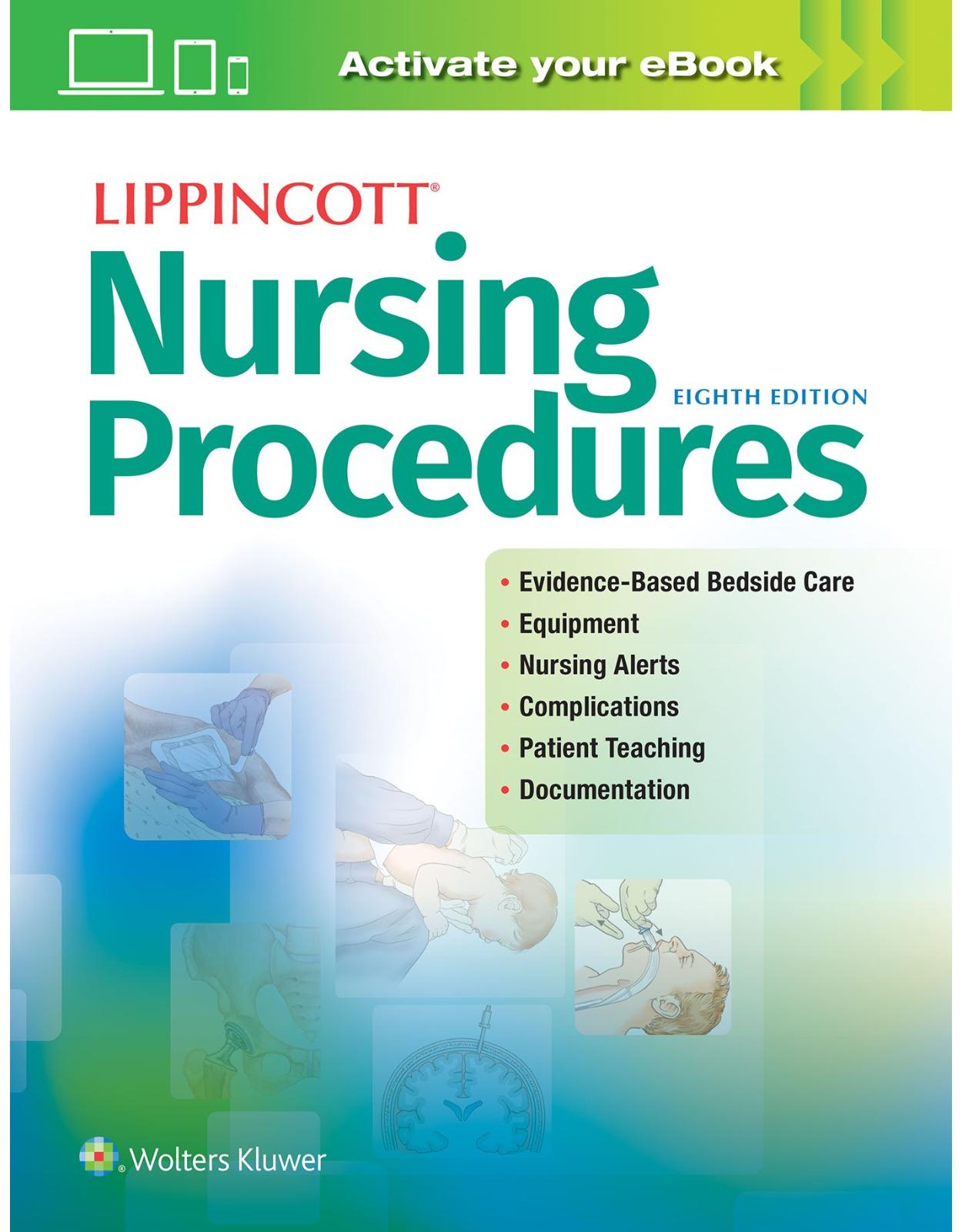
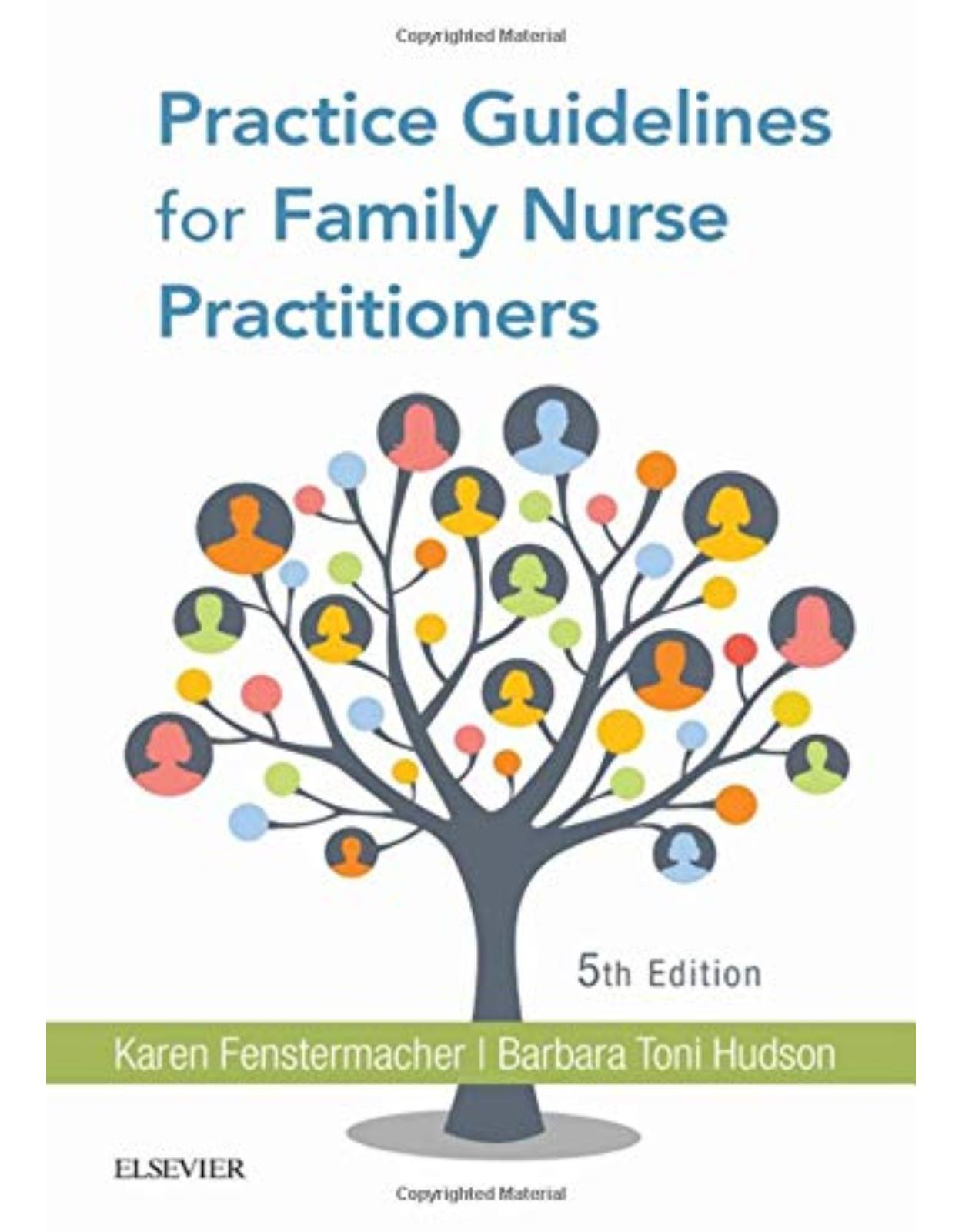
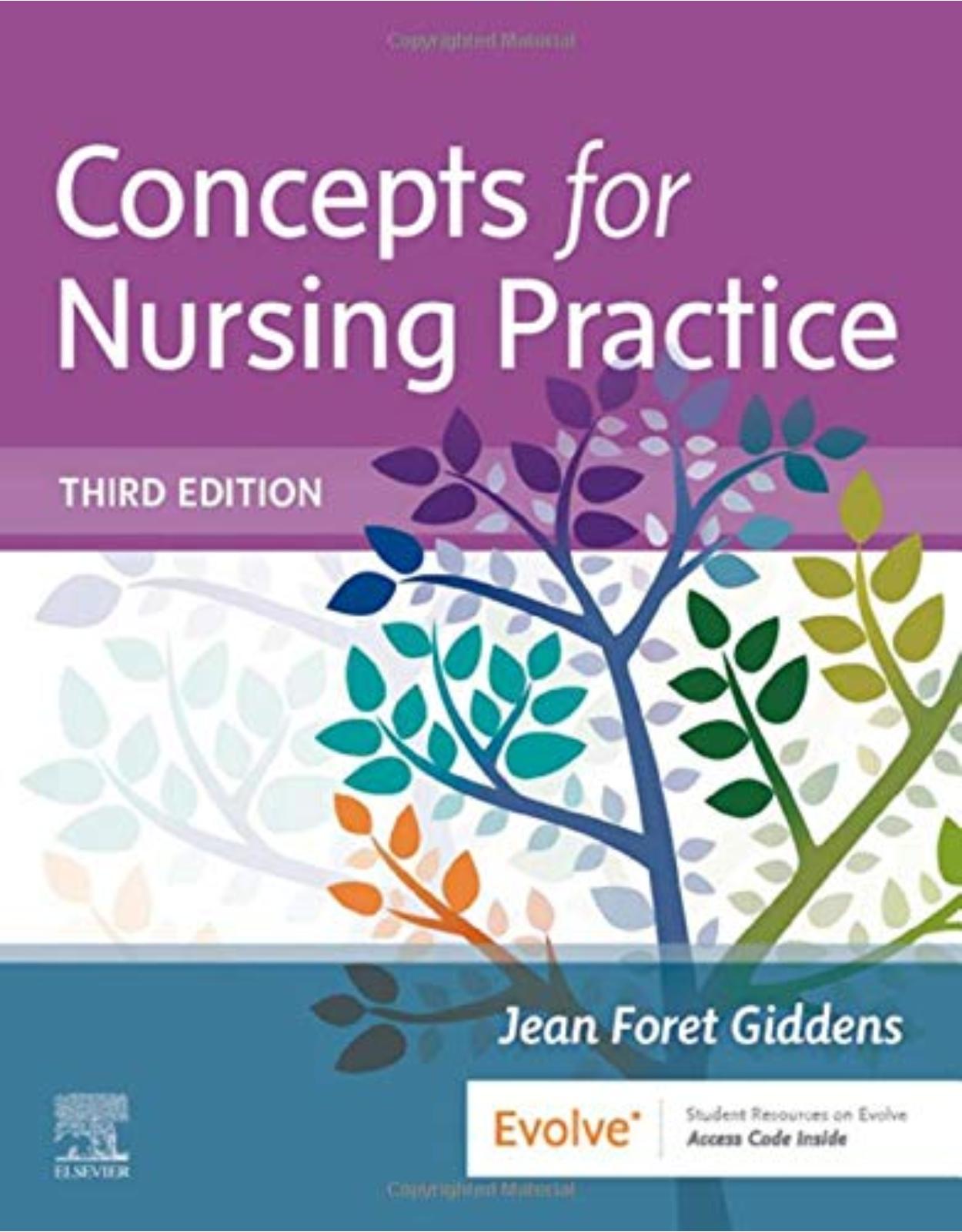
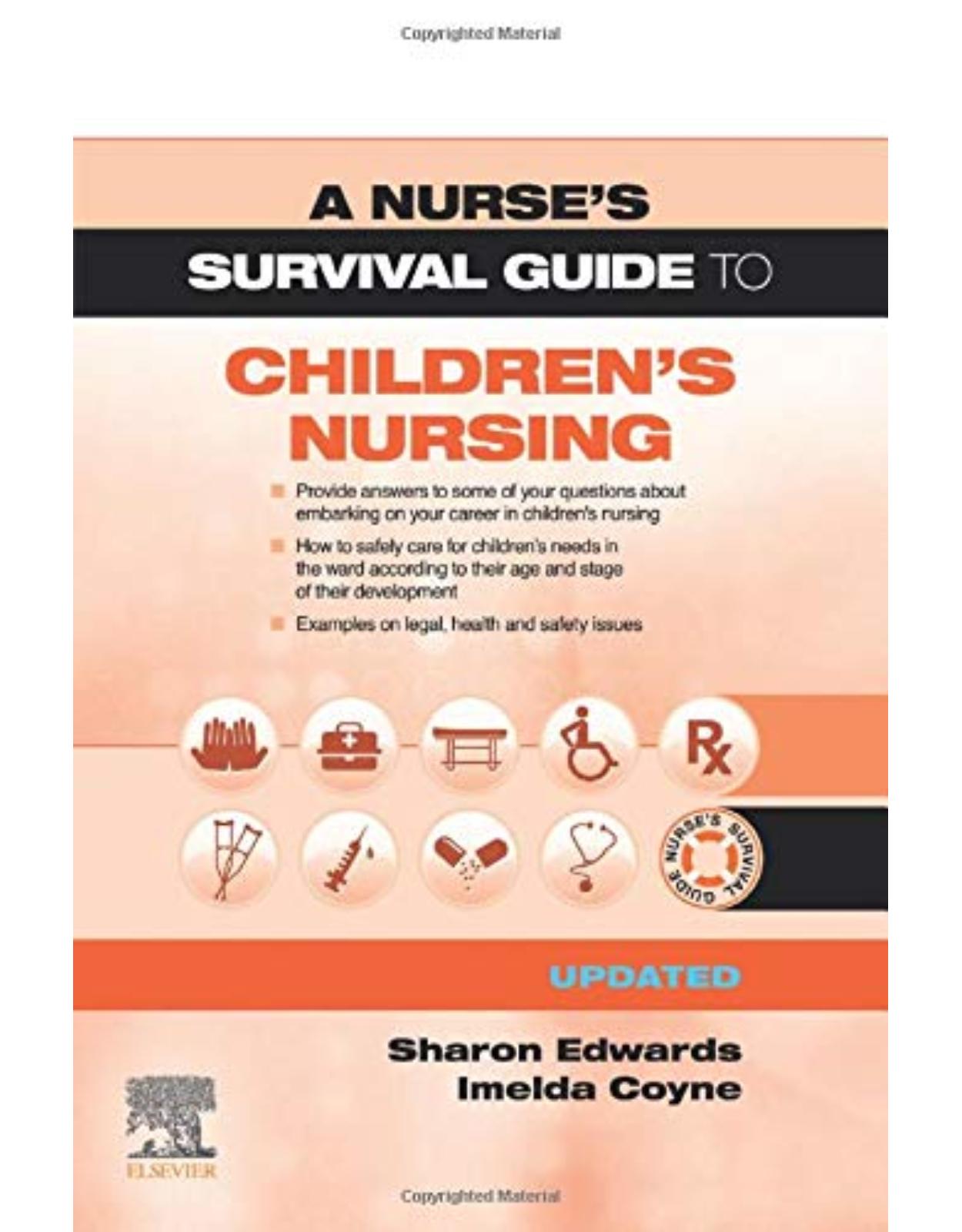
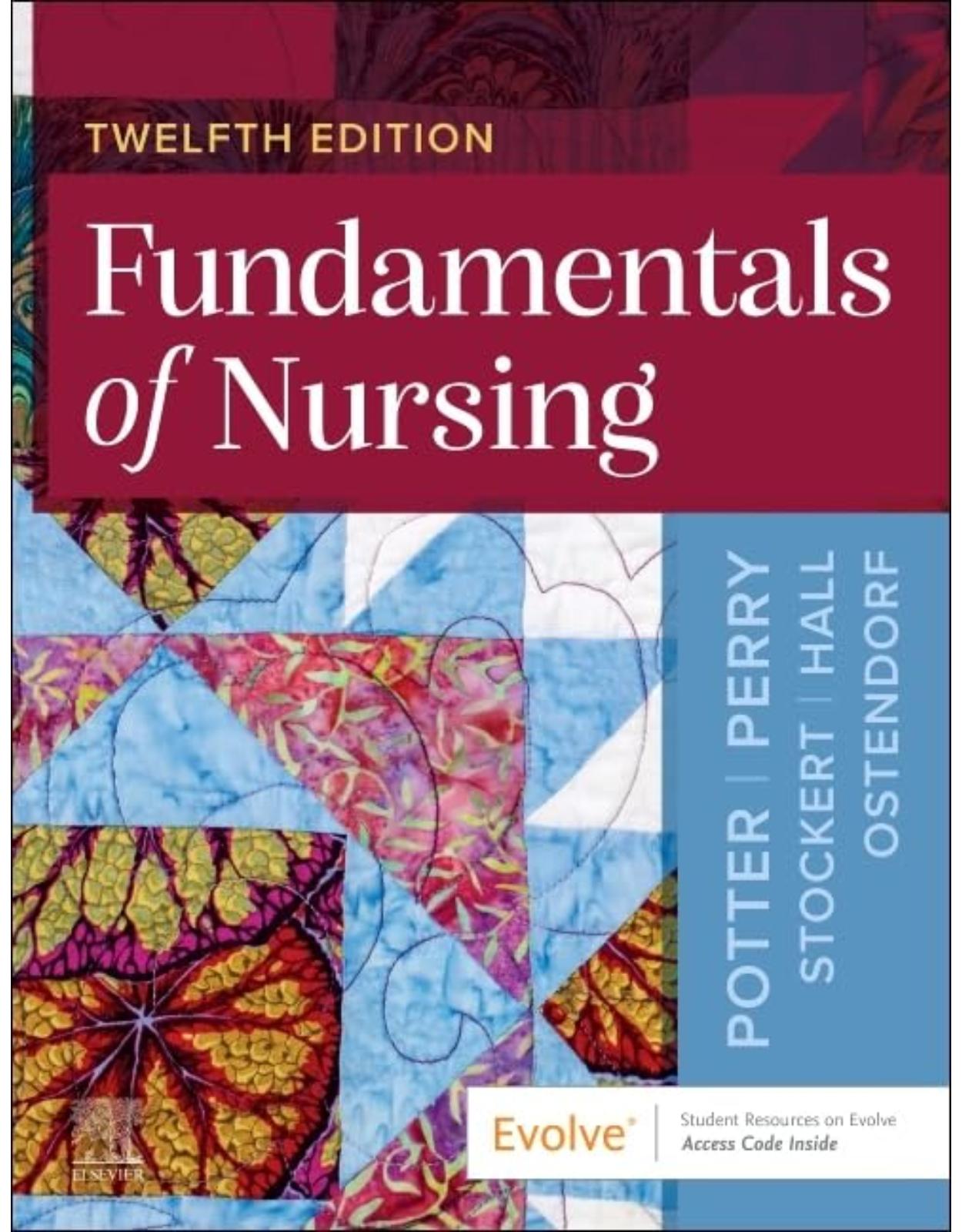
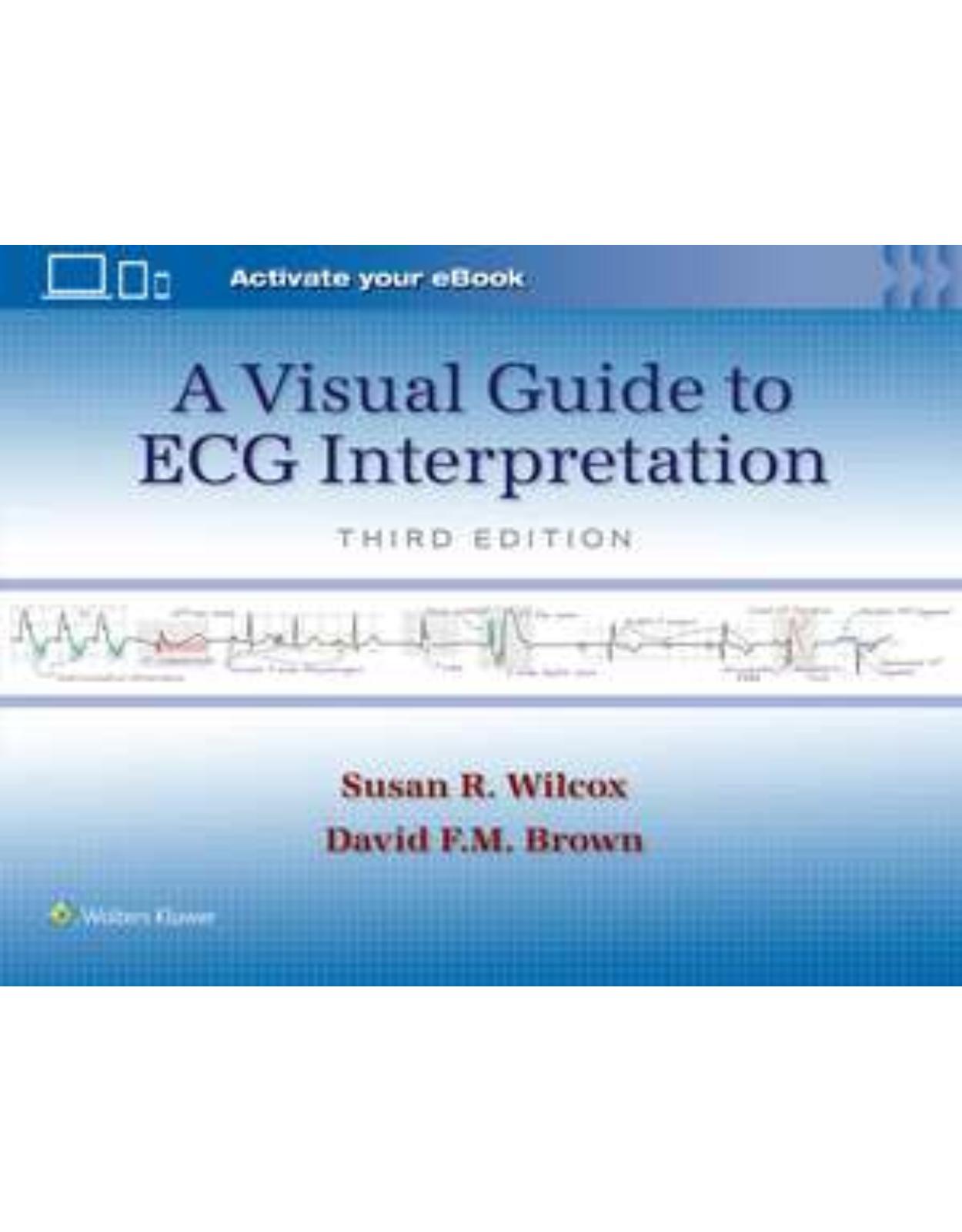

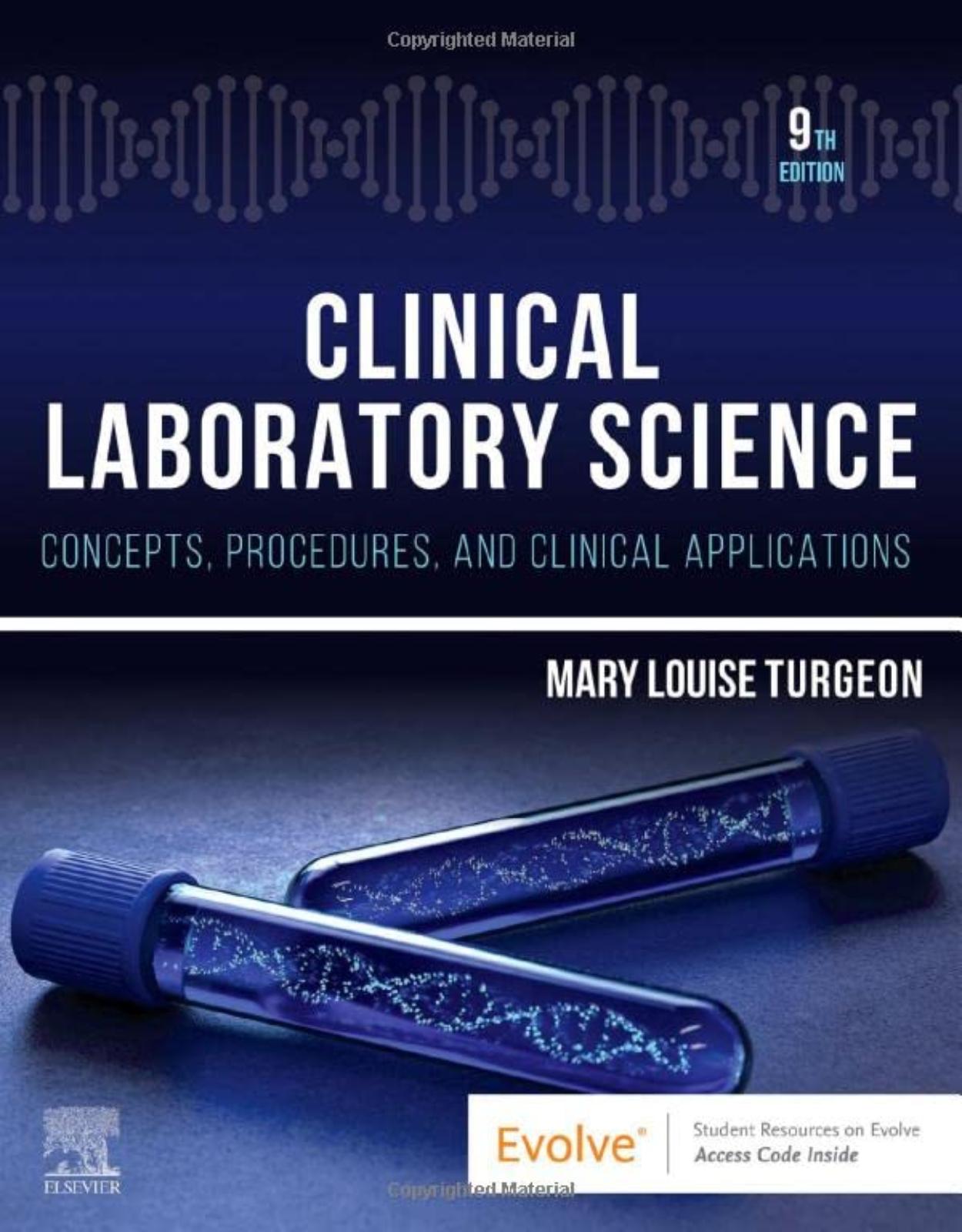
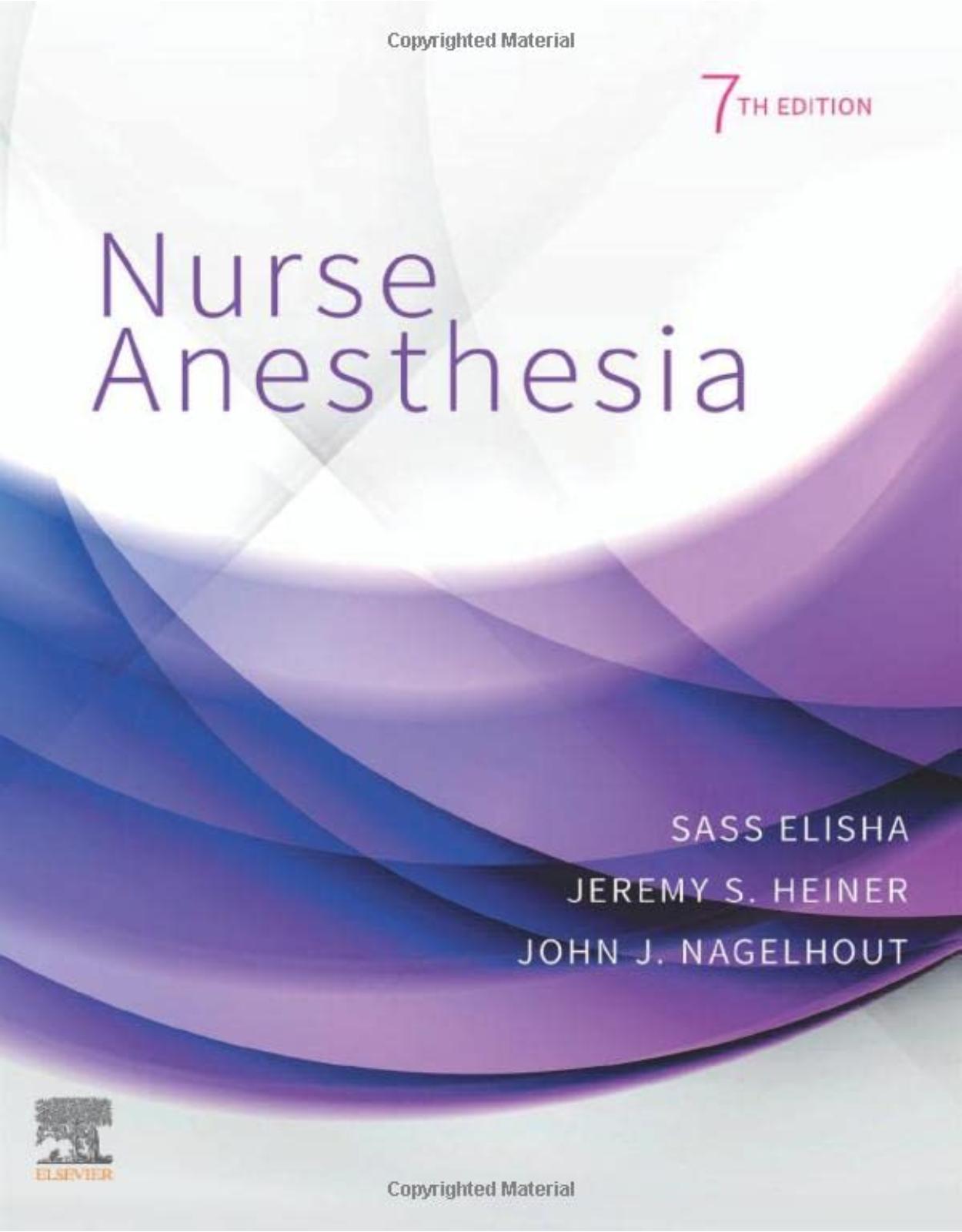
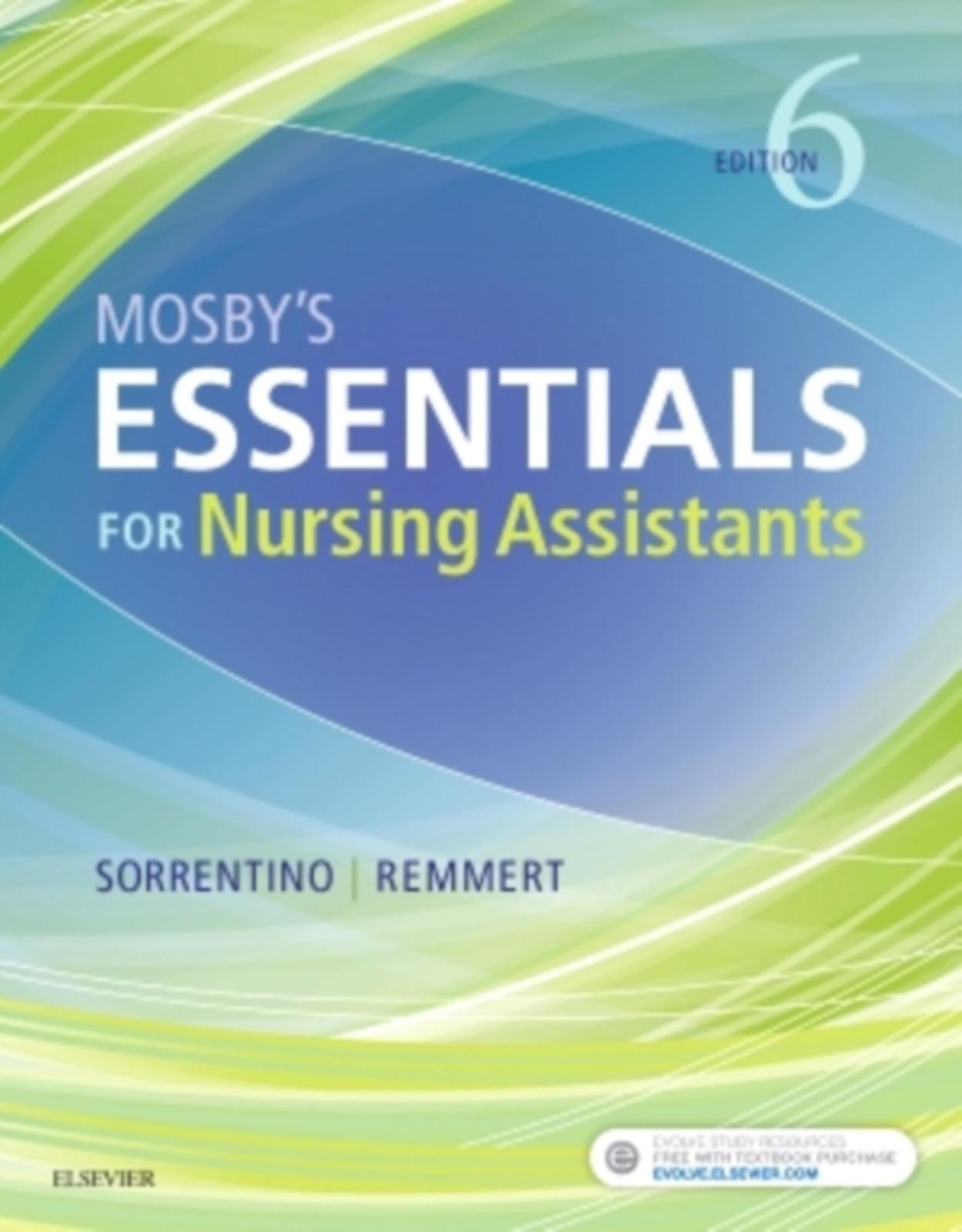
Clientii ebookshop.ro nu au adaugat inca opinii pentru acest produs. Fii primul care adauga o parere, folosind formularul de mai jos.